Explanation
Situated in the upper Bulyeongsa Valley, Tonggosan National Recreational Frorest, rarely visited by people in the past, still preserves much of its ancient beauty. Weathered white granite envelops the valley while a variety of waterfalls forms what looks like uniquely shaped water pots.
Next to the valley is Bulyeongsa Temple built by Monk Uisang (during the reign of King Jindeok of the Silla Period). Visitors can enjoy beautiful fall foliage of the forest, and there are a variety of nearby attractions from Bulyeongsa Valley, beaches on the East Coast, and Deokgu/Baekam Hot Springs. Fall foliage tends to peak between October 10th and October 20th.
Visitors must bring their own tents, utensils, toiletries, and other necessary items. The cafeteria in Tonggosan National Recreational Forest opens between mid-July and August.
Inquiry
+82-54-783-3167
Homepage
www.foresttrip.go.kr (Google translator available)
Information Use
Capacities : Maximum 1,000 people
Contact and Information : • 1330 Travel Hotline: +82-2-1330
(Korean, English, Japanese, Chinese)
• For more info: +82-54-783-3167
Opening day : August 20, 1992
Parking facilities : Available
Day off : Tuesdays (except during peak season)
Hours : [Accommodations] 15:00-12:00 (next day)
[Daily hours] 09:00-18:00
More information
Mountain Not Access Period
Cooking charcoal barbeque is sttictly restricted during Mountain Fire Prevention and Awareness period.
* Februray 15 - May 15 / November 1 - December 15
* Dates are subject to change due to unforseen circumstances, therefore visitors are advised to check the National Recreational Forest website for updates.
Parking Fees
Compact cars: 1,500 won
Small & Mid-sized cars: 3,000 won
Large-sized vehicles: 5,000 won
Available Facilities
Accommodations, camping site, foot-volleyball court, campfire site, pavillion, workshop, convenience store, shower facilities, cooking site, etc.
Admission Fees
Individual: Adults 1,000 won / Teenagers (ages 13-18) 800 won / Children (ages 7-12) 300 won
Group (20 or more people): Adults 800 won, Teenagers 500 won, Children 200 won
* Free admission during winter, including camping sites. (December-March)
* People with disabilities and senior citizens (ages 65 and over) are eligible for free admission.
Restrooms
Available
Location
880, Buryeonggyegok-ro, Uljin-gun, Gyeongsangbuk-do
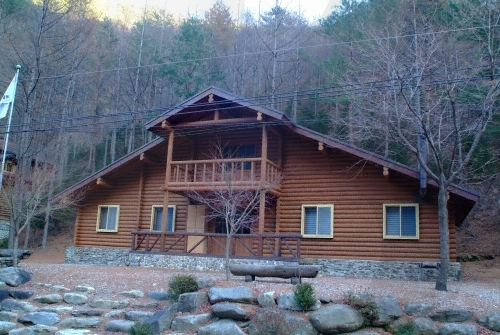
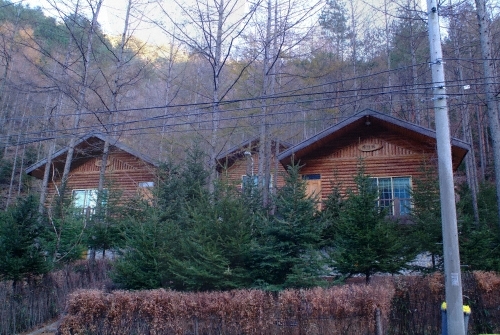
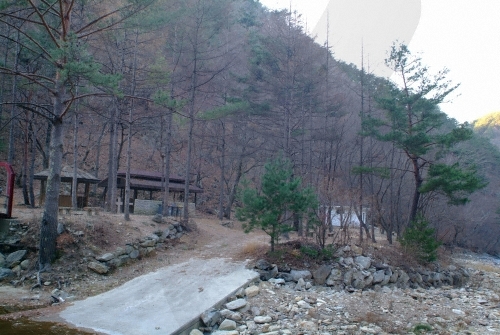
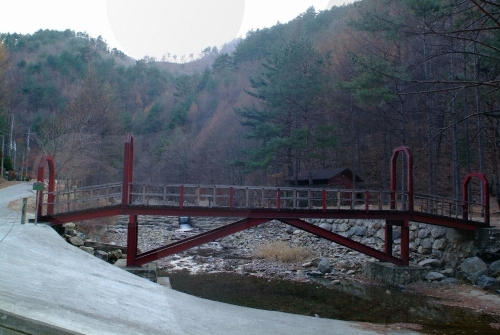
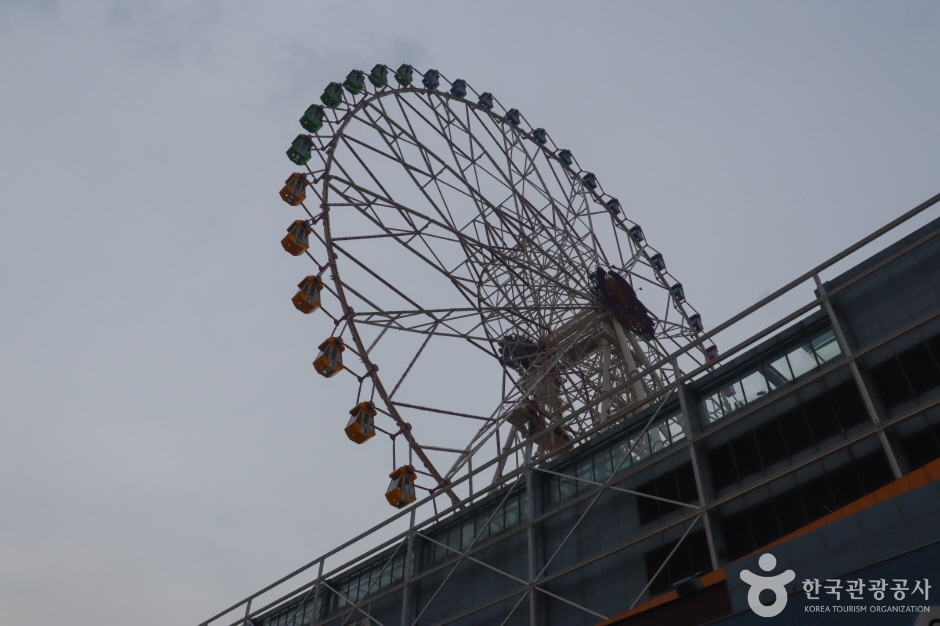
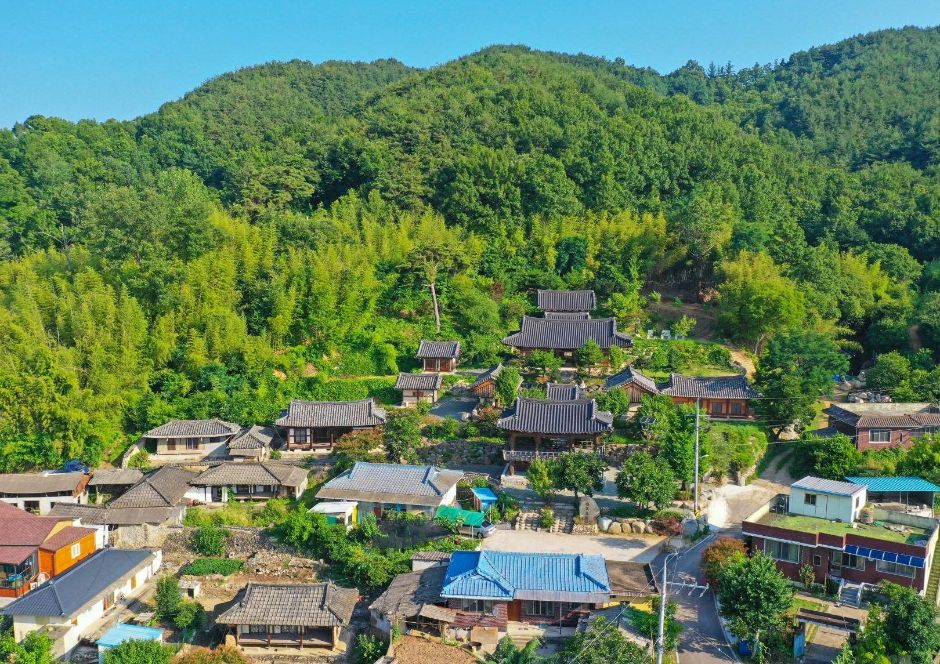

 English
English
 한국어
한국어 日本語
日本語 中文(简体)
中文(简体) Deutsch
Deutsch Français
Français Español
Español Русский
Русский